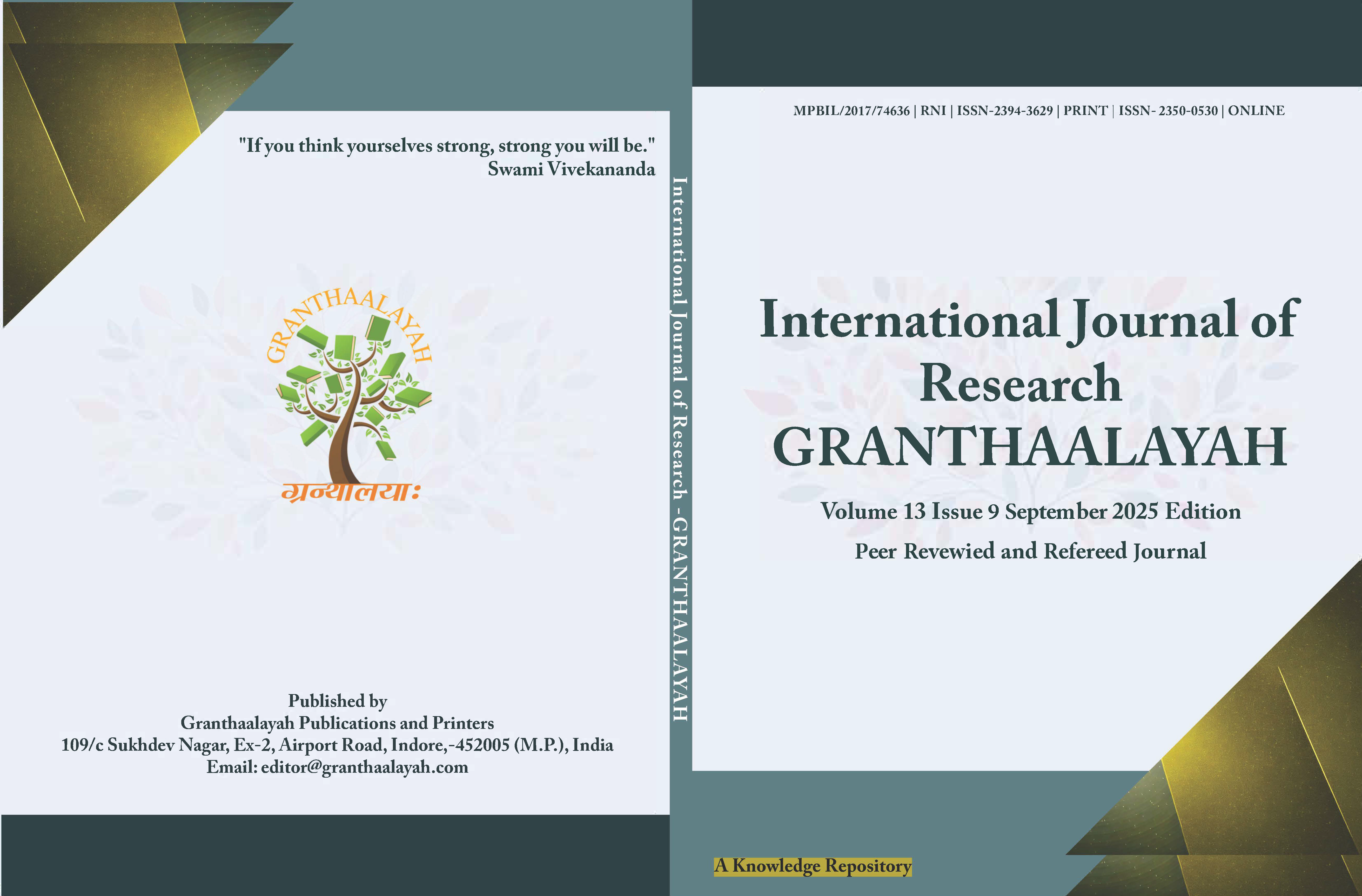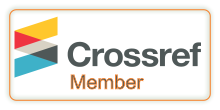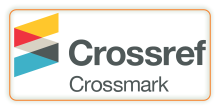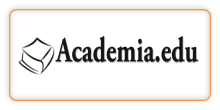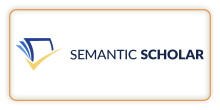REPRESENTATION OF KIRATARJUNIYAM IN THE TEMPLE SCULPTURES OF KADAPA DISTRICT
DOI:
https://doi.org/10.29121/granthaalayah.v13.i9.2025.6358Keywords:
Kadapa, Chilamkuru, Animela, Pushpagiri, Narration, Kiratarjuniyam ViswakarmasAbstract [English]
The paper describes the narrative episode of the famous Kiratarjuniyam in the temple sculptures of Kadapa district. This theme is commonly found at Chilamkuru, Attirala, Pushpagiri, and Animela in the Kadapa district but varies in depiction. Its significance is in terms of sculptural carvings in seven panels. The Kiratarjuniyam episode was rendered with great skill and stood out for the master's skills in sculptures. Though the story is depicted in limited panels, it is the best narrative in the whole sculptural heritage in Kadapa. Proportions and narrations and compositional values are discussed to unfold the aesthetics of the temple sculptures. The author tried to study the variations in the theme depicted in the temples of the Kadapa region. The aesthetic evaluation of the compositional and carving skills of the sculptors is to be considered subject to the limitation of space and place of execution.
Downloads
References
Chowdhury, K. K. D. (2014). Siva in Indian Art. Agam Kala Prakashan.
Collyer, K. (1990). The Hoyasala Artists: Their Identity and Styles.
Gurumurti, A. (1990). Sculptures and Iconography: Cuddapah District Temples. New Era Publications.
Gurumurti, A. (1990). Temples of Cuddapah District. New Era Publications.
Images and Information are Taken from the Field Work of the Author.
Mrutyunjaya Rao, K. (2019). Visual Narration and Interfaces of Indian Painting with Reference to the Episode of Kiratarjuniyam from Lepakshi murals. International Journal of Research Culture Society, 3(7), 76-79.
Nagaraja Rao, M. S. (1979). Kiratarjuniyam in Indian Art. Agam Kala Prakashan.
Sampathkumarachar, V. S. (1969). [Doctoral Dissertation, University of Mysore]. University of Mysore.
Published
How to Cite
Issue
Section
License
Copyright (c) 2025 Dr. K. Mrutyunjaya Rao

This work is licensed under a Creative Commons Attribution 4.0 International License.
With the licence CC-BY, authors retain the copyright, allowing anyone to download, reuse, re-print, modify, distribute, and/or copy their contribution. The work must be properly attributed to its author.
It is not necessary to ask for further permission from the author or journal board.
This journal provides immediate open access to its content on the principle that making research freely available to the public supports a greater global exchange of knowledge.

